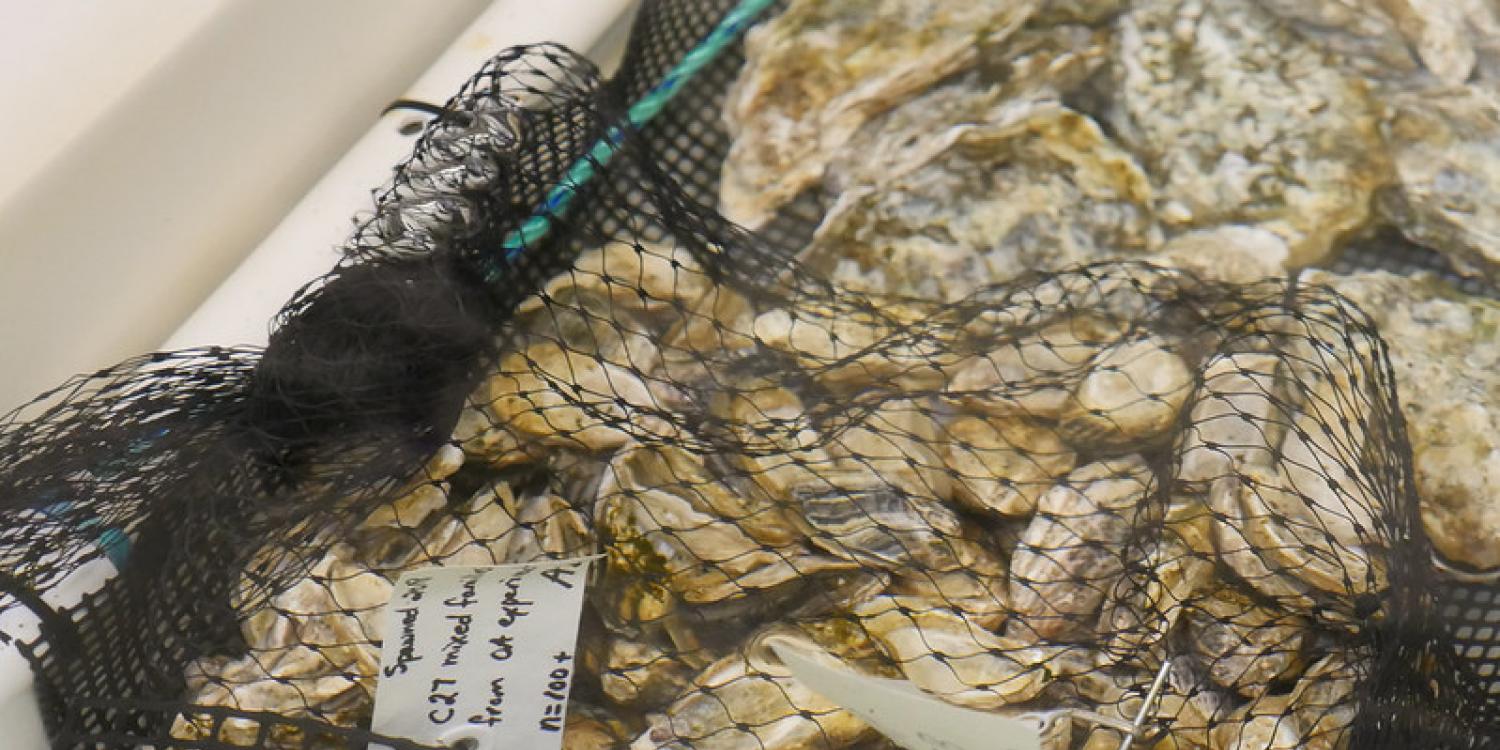
Ocean acidification is the change in ocean chemistry due to increasing concentrations of human-created carbon dioxide in the atmosphere. One result of an increase in carbon dioxide absorbed by the ocean is carbonate, used for shell building, becomes less available, leading to fewer and smaller shellfish. Over the next few decades, ocean acidification is predicted to significantly impact shellfish, marine ecosystems and the people who rely on them for food and income. One example is the near collapse of the oyster industry along the west coast of the United States from 2007-09.
Since 2008, over 90 teaching resources on ocean acidification have been published. However, few address solutions to the problem, and many imply that the main effect of ocean acidification will be dissolution of coral reefs and shelled organisms.
In response, Oregon Sea Grant Extension education staff worked with Oregon State University graduate student Brian Erickson to co-create an award-winning, solution-focused curriculum for high school students about ocean acidification and actions they can take to reduce it.
Oregon Sea Grant published the 140-page, five-lesson curriculum after the creators interviewed researchers, reviewed teaching resources and tested draft lessons with teachers and over 300 students. The curriculum explains how ocean acidification affects shellfish and other organisms, includes hands-on activities, has students use scientific data, and addresses common misconceptions about ocean acidification.
The authors have presented the curriculum to over 200 educators at several regional and national conferences, and it has been downloaded more than 200 times. The curriculum was featured in The Science Teacher, the journal of the National Science Teacher Association.